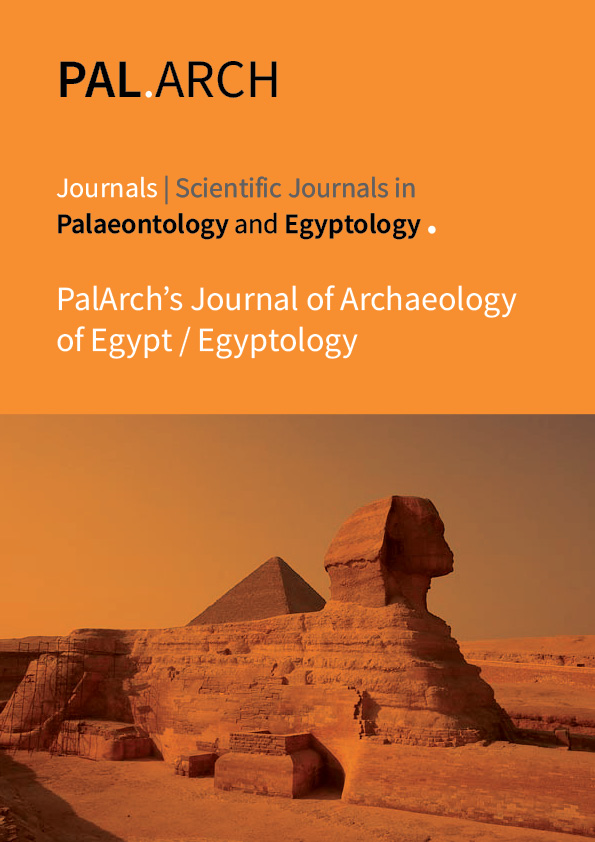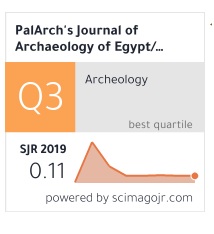Reviewing Religious Classic Manuscript from Indonesian South Borneo Perspective
DOI:
https://doi.org/10.48080/jae.v17i2.28Keywords:
Manuscripts, Islamic scholars, Nur Muhammad contribution, , Sheikh Ahmad Syamsuddin al-BanjariAbstract
This paper reviews a highly valued, original, classic religious reading text, written by Islamic scholars in Indonesia, South Borneo. The existence of the manuscript reflects the intellectual capacity of Indonesian Islamic scholars in the past and also the tradition of knowledge transmission. The religious written work has been a significant material to be examined, in order to study the history, influence, and contributions to the present Islamic knowledge. One of the manuscripts is Nur Muhammad’s Story, the classic one written by a Banjarese Islamic scholar named Sheikh Ahmad Syamsuddin al-Banjari (1618-1680). This manuscript described scientifically the ways of thinking and the development of Islamic studies in South Borneo (Banjarmasin). Besides Aceh, Palembang and Banten, Banjarmasin is also an important point of reference where the birth of religious works took place in the 17th, 18th, and 19th Centuries, respectively. Banjamasin has since then become an important reference for understanding the development of Islamic studies in Indonesia. Unfortunately, limited data, contrived codification efforts, and small number of studies related to religious readings in this region have resulted in the poor spread of publications on this important information. Hence, this scrutiny of the book (Nur Muhammad’s Story) published in the 17th Century made significant contributions and led to the birth of similar studies in the future.



